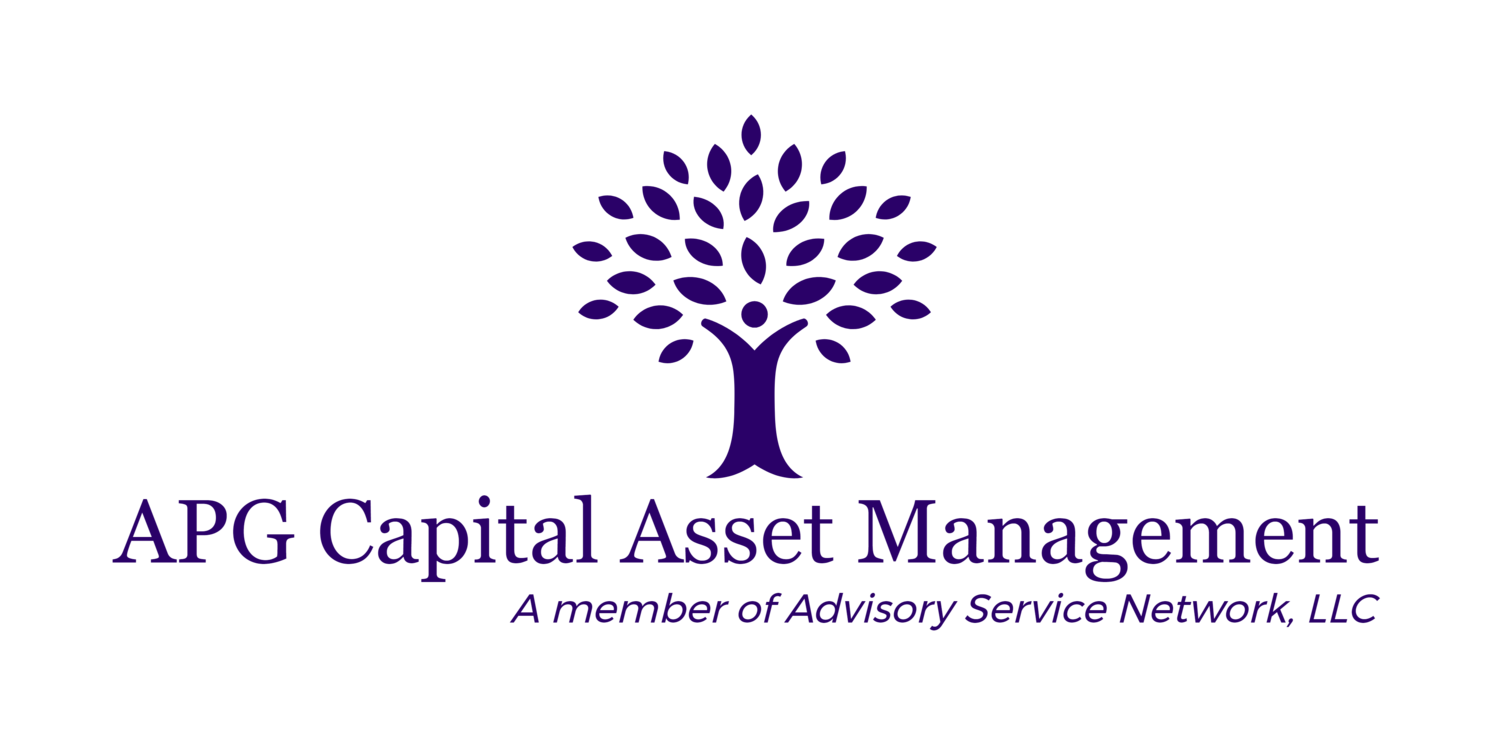For the stock market, the good times kept on rolling. Fueled by the recently signed tax cuts, world-wide economic growth and optimism for earnings, the S&P Index rallied 6.6% for the 4th Quarter, leaving the index 21.8% higher than the start of the year. The long-anticipated return of volatility did not arrive in 2017, as volatility during the year was about a third of the long-term average. Investors lulled into complacency where happy to continue plowing capital into equities. Leading the gains were technology stocks which rallied over 37%. The laggard sectors this year were Energy and Real Estate. What is striking about the Energy sector’s flat performance is that it was not helped by the rally in crude prices in which a barrel of WTI Crude rallied from about $52 to over $60.
The bond markets overall were also relatively calm. While the Fed has made good on their promise of raising rates on the short end of the curve, the benchmark 10-year bond yield was rangebound between 2.0% and 2.6%, and ended almost exactly where is started the year at about 2.4%. There has been some handwringing about the high-yield market which was pressured in the 4th quarter, as this can be a leading indicator for the health of the equity markets, but even this area stabilized in the last few weeks of the year.
Macro factors are still a concern. Political wranglings with Iran and North Korea dominate the headlines and questions of how the mid-term elections later this year affect the broader picture will become more acute.
Outlook
Overall, the economic backdrop is positive. Synchronized growth around the world and fiscal stimulus from some of the new tax cuts should continue to propel corporate earnings. The trends seen in 2017 of technological innovations disrupting areas like certain parts of the energy and real estate sectors are ones we would expect to continue in the new year. We should see good earnings from energy companies in the short run, but looking out in time that may change as the automotive landscape evolves and solar power becomes cheaper.
Overall, valuations remain at the higher range of historical averages, but stocks are still competitive with alternative investment options. One risk to monitor is inflation. The fear of which would push up interest rates which could alter that calculus for investors’ willingness to support above average valuations. International equities, where valuations are cheaper and growth is higher, still earn a place in portfolios even after better recent performance. With markets at these valuations, maintaining faith in the markets is still a struggle but heeding these concerns had some investors on the sidelines for much of this rally. We’ve seen some outperformance in actively managed portfolios and investigating some active strategies which may utilize more creative ways of minimizing downside risk, while still invested, may be warranted.
Planning Tip for 2018
1. Due to higher standard deductions, bunch your charitable gifting into a single year. Better yet, establish and fund a Donor Advised Fund.
2. Move large cash balances to a money market account where you can earn rates over 1% versus saving account that are still “yielding” close to 0%.
3. For small business owners, investigate with a tax professional ways to take advantage of the new 20% deduction on pass-through, qualified income.
4. Consider rebalancing your equity exposures to target levels.
5. Re-evaluate your 529 Account funding, as the new tax bill allows annual payments up to $10,000 to private K-12 schooling.
6. Owning a home just got more expensive for some with the new limits on property tax deductions. Factor this in when evaluating your current residence and any future purchases.
7. Consider a mindfulness practice. If it is good enough for Jerry Seinfeld, Tom Hanks and Oprah (as well as investment gurus William Gross and Ray Dalio), it may work for you.
Hope you have a great 2018 filled with health and happiness.
Advisory services offered through APG Capital Asset Management, a Member of Advisory Services Network, LLC.
Phone: 713-446-3233 Website: www.apgcap.com
All views/opinions expressed in this newsletter are solely those of the author and do not reflect the views/opinions held by Advisory Services Network, LLC. Indexes are unmanaged and do not incur management fees, costs, or expenses. It is not possible to invest directly in an index. The information and material contained herein is of a general nature and is intended for educational purposes only. This material does not constitute a recommendation or a solicitation or offer of the purchase or sale of securities. The future performance of an investment or strategy cannot be deduced from past performance. As with any investment or investment strategy, the outcome depends upon many factors including: investment objectives, income, net worth, tax bracket, risk tolerance, as well as economic and market factors. All economic and performance data is historical and not indicative of future results. All information contained herein is derived from sources deemed to be reliable but cannot be guaranteed.



